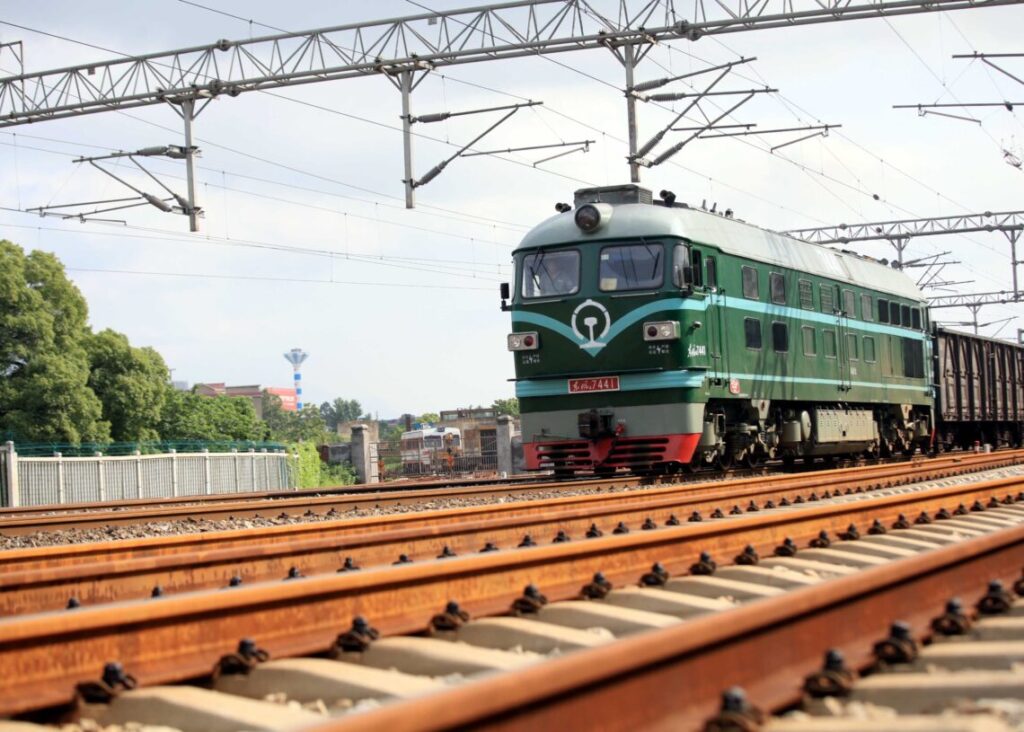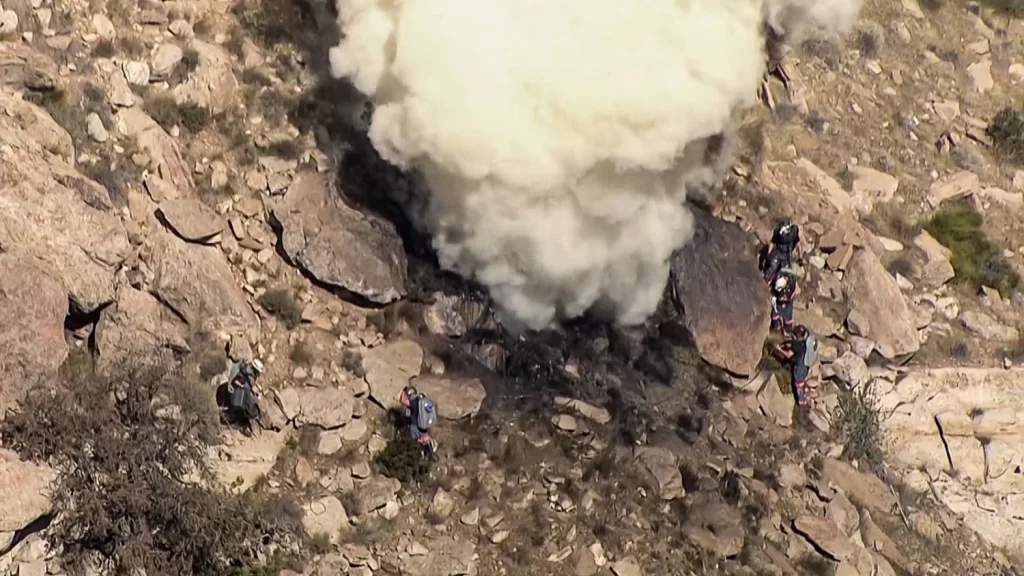Russian coal producers continue to grind through a turbulent 2024, marked by a slight overall decline in output and a significant drop in coal exports. From January to July 2024, total coal production across Russia has declined modestly to 250.6 million tons (Mt), down just 1.9 Mt or 0.8% year-on-year. Exports have struggled, however, falling sharply to 105.8 Mt, a decrease of 11.2 Mt or 10% compared to the same period in 2023.
The disparity between the rate of decline in exports and coal output is largely attributable to a combination of sanctions and logistical issues in Kuzbass, Russia’s primary coal-mining region known for its high-quality coal. In the first seven months of 2024, coal production in the region dropped to 118 Mt, a decrease of 7.4 Mt (-5.8% YoY), with July output particularly light, falling to 15.4 Mt, down by 1.5 Mt or -8.9% compared to the prior year.
Most of the decline was centered on the region’s thermal coal mines, with production there falling to 80.6 Mt, down by 5.9 Mt (-6.8% YoY) while coking coal production was down 1.4 Mt (-3.6% YoY) to 37.7 Mt. Stockpiles in Kuzbass stood at 20.1 Mt, reflecting a decrease of 0.5 Mt or 2.4% compared to the previous year. This marks the second consecutive declining year of regional output, as 2023 coal production also declined 4.2% to 214.2 Mt, with exports falling 11.2% to 61.1 Mt.
In sharp contrast to the struggles in Kuzbass, overall production levels have been bolstered by growth in other regions, particularly Yakutia, where companies like Elga and Kolmar have ramped up their operations. Yakutia coal production surged to 26.8 Mt in the first seven months of 2024, an impressive increase of 6.3 Mt or 30.7% year-on-year. However, it’s important to note that much of the coal extracted in Yakutia is difficult to wash, and recovery rates there can be as low as 50% – a figure not reflected in raw production statistics. Export shipments from Yakutia have not kept pace, however, rising by only 0.2 Mt or 1.4%, on the year, highlighting the challenges in converting increased output into profitable sales on the global market.
Other producing regions of Russia showed similar difficulties on the export side, with output through July totalling 105.8 Mt, down 0.7 Mt (-0.7% YoY) and exports tumbling 3.7 Mt (-11%) from 33.5 Mt to 29.8 Mt.
Many Russian coal producers are now operating at zero or negative margins, which, when combined with railway restrictions on export routes, has led to a situation where Russian coal volumes are already sold out until September-October 2024. And the resulting financial strain – felt by more than half of Russian coal producers – is also causing capital constraints which could lead to further declines in coal production and exports. But that might just turn out to be a boost to the industry, as export market underperformance is expected to keep high-calorific value (CV) Russian coal in short supply over the back half of 2024, pushing up thermal coal prices as supply tightens and potentially putting an end to this part of the price cycle.









